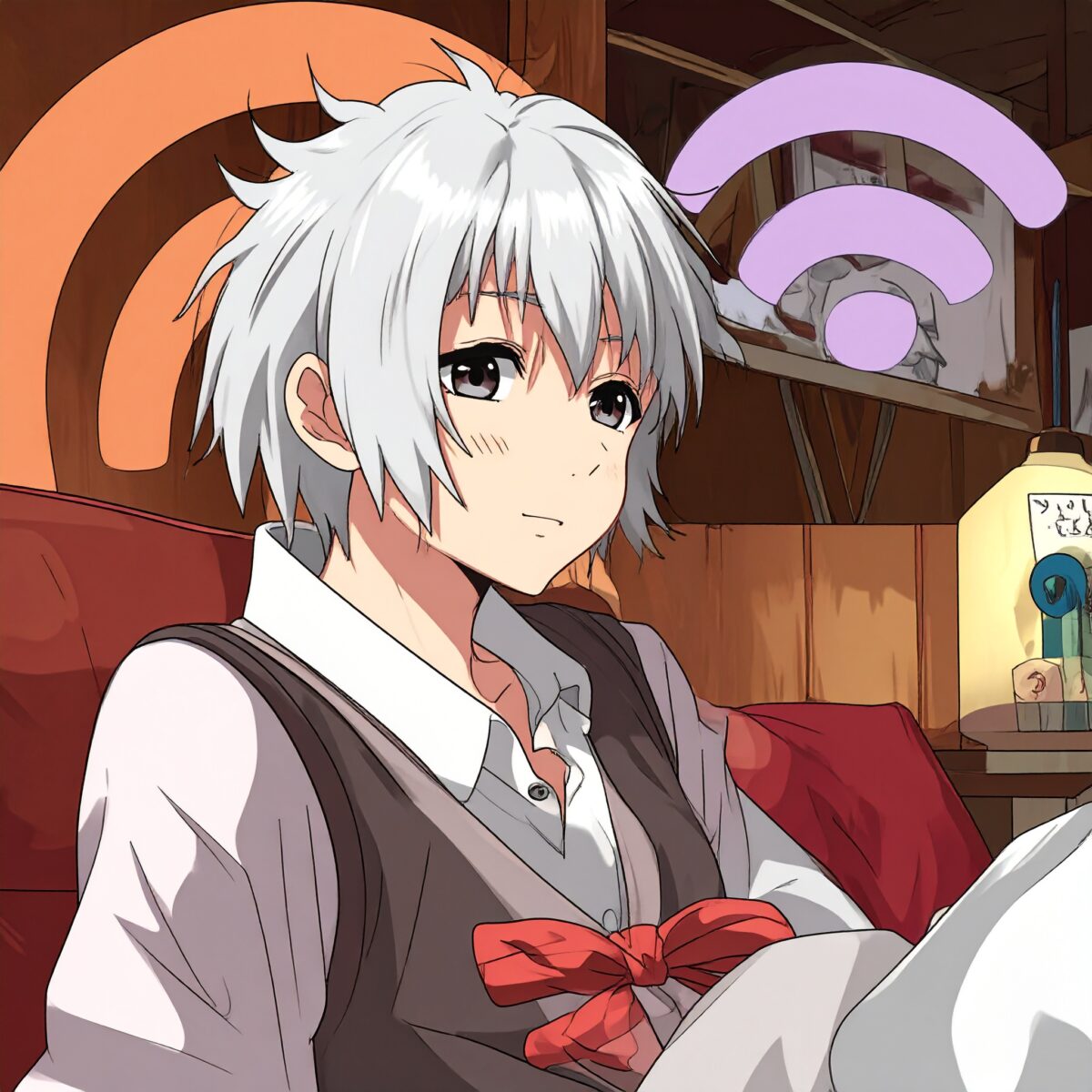In today’s Japanese rental market, terms like “free internet” or “Wi-Fi included” are increasingly common in property listings. These features are especially appealing to solo tenants, students, and foreign residents as a means to reduce monthly expenses.
However, once tenants move in, they may find the reality differs from expectations—experiencing issues such as sluggish connection speeds that make streaming difficult, Wi-Fi signals that fail to reach their rooms, or the need to supply their own router.
These problems often stem from a key misunderstanding: while a property may advertise “free internet,” the actual scope, speed, and accessibility of the service can vary significantly. This article provides a factual breakdown of the potential restrictions and commonly overlooked caveats behind “free internet” listings—helping prospective tenants make more informed decisions.
The Meaning of “Free” Varies by Property
The term “free internet” in rental listings generally indicates that tenants are not required to pay a separate monthly fee for internet service. However, the method of internet provision can differ significantly between properties.
In many cases, this refers to a shared building-wide connection that individual units can access—an arrangement that often leads to network congestion and reduced speeds during peak hours. In other cases, each unit may have a dedicated line installed, offering more consistent and higher-quality service.
Furthermore, even when “free internet” is advertised, important factors—such as whether the connection is wired or wireless, whether a router is provided, and whether additional steps are required to activate service—can impact the user experience. Without clarity on these details, the true functionality of the offering may remain uncertain.
Connection Speeds May Fall Short of Expectations
In shared-type internet setups, a single connection is distributed across the entire building, with multiple tenants accessing it simultaneously. As a result, network congestion during peak hours—such as evenings and weekends—can lead to significant slowdowns in connection speed.
For bandwidth-intensive activities such as video conferencing, streaming, high-definition calling, or online gaming, the available bandwidth may prove inadequate, rendering the connection practically unusable for these purposes.
Marketing materials often advertise “up to 1 Gbps” speeds; however, this figure represents the theoretical maximum under ideal conditions. Actual performance depends heavily on the building’s infrastructure and the number of concurrent users—factors that often lead to far lower real-world speeds.
Private Internet Subscriptions May Be Prohibited
After moving in, some tenants may find that the provided “free” internet service does not meet their performance needs and may wish to install a dedicated line. However, certain properties do not allow individual internet contracts.
This restriction often stems from building structure or management policies. In many cases, new wiring installations may not be permitted, or landlord approval is required. If the installation involves drilling through walls or accessing common areas, approval from the building’s management association may also be necessary.
In such scenarios, tenants may find themselves compelled to rely solely on the shared free connection, even if it is insufficient for their usage needs—leaving them with little to no flexibility in enhancing their internet environment.
Activation Procedures May Be Required Before Use
Tenants often assume that a “free internet” offering means immediate access upon move-in. However, it is not uncommon to discover post-arrival that additional steps are required—such as registering with an internet provider, submitting an application to the property manager, or obtaining a user ID and password.
As a result, internet service may not be available right away, with waiting periods ranging from a few days to over a week. This delay can pose serious issues, particularly for individuals who rely on internet access for remote work or online education.
To avoid such inconveniences, it is advisable to confirm—prior to signing the lease or even during the property viewing—how the internet is provided, whether activation procedures are necessary, and when exactly the service becomes available.
Security Risks May Be Present in Free Internet Networks
Some free internet services provided in rental properties operate with shared or unsecured credentials—such as universally known or unset passwords. In such cases, shared networks may be easily accessed by unauthorized users, posing risks of personal information leakage or interception of private communications.
While it is possible to mitigate these vulnerabilities by installing a personal Wi-Fi router and creating a private network, such measures may be restricted by the building’s structure or lease agreement terms.
If there are concerns about network security, it is advisable to verify whether private contracts are permitted and to consider establishing a more secure, individualized connection to ensure data protection.
Tenants May Be Responsible for Providing Routers and Cables
Even when free internet is advertised as part of the rental package, tenants are often required to supply their own Wi-Fi router, LAN cables, or adapters to actually connect to the service.
In some cases, no router is provided at all, or the existing device is outdated and incapable of delivering sufficient speeds. To avoid connectivity issues, it is essential to confirm prior to signing the lease which equipment—if any—is included with the property, and what items tenants are expected to procure themselves.




